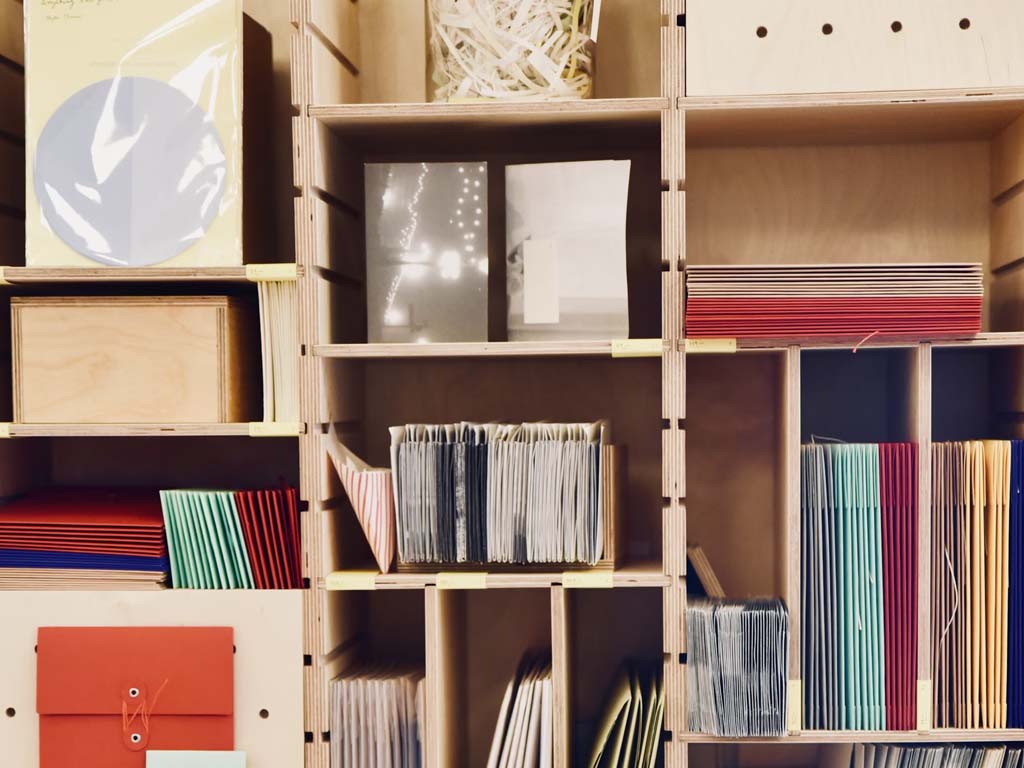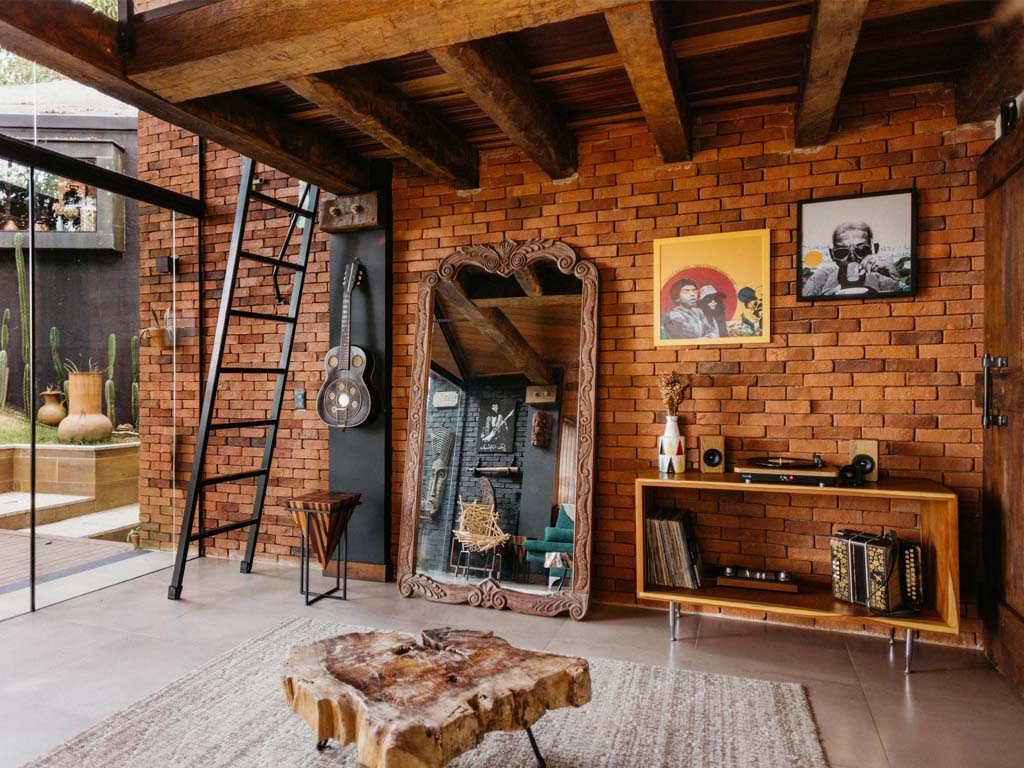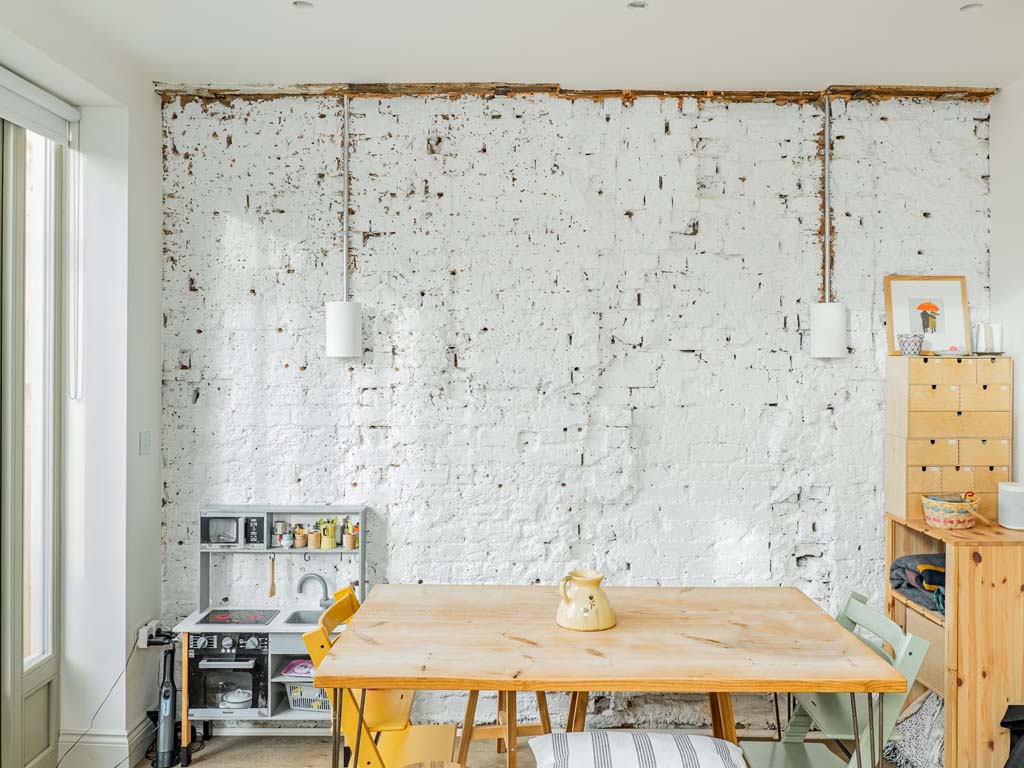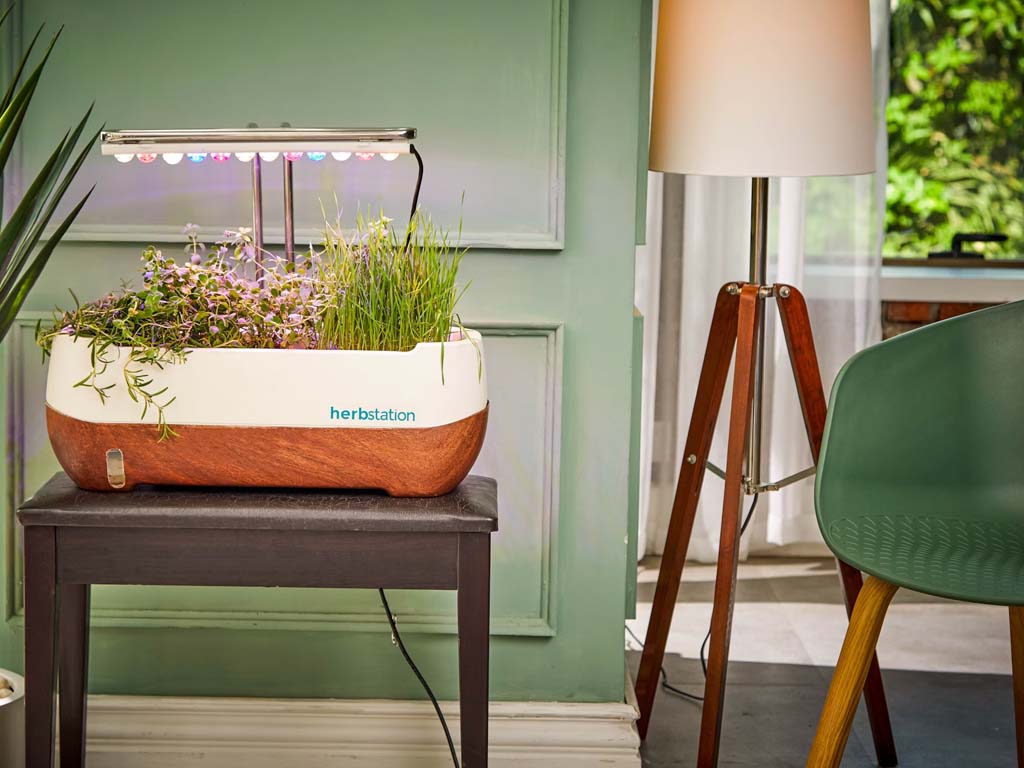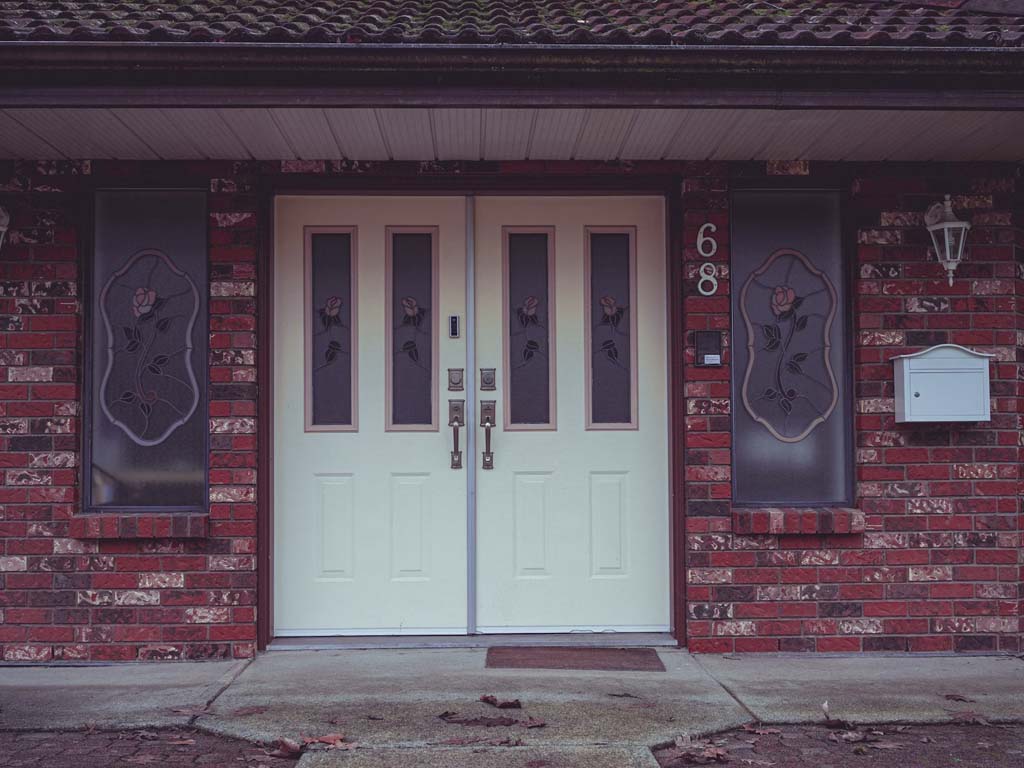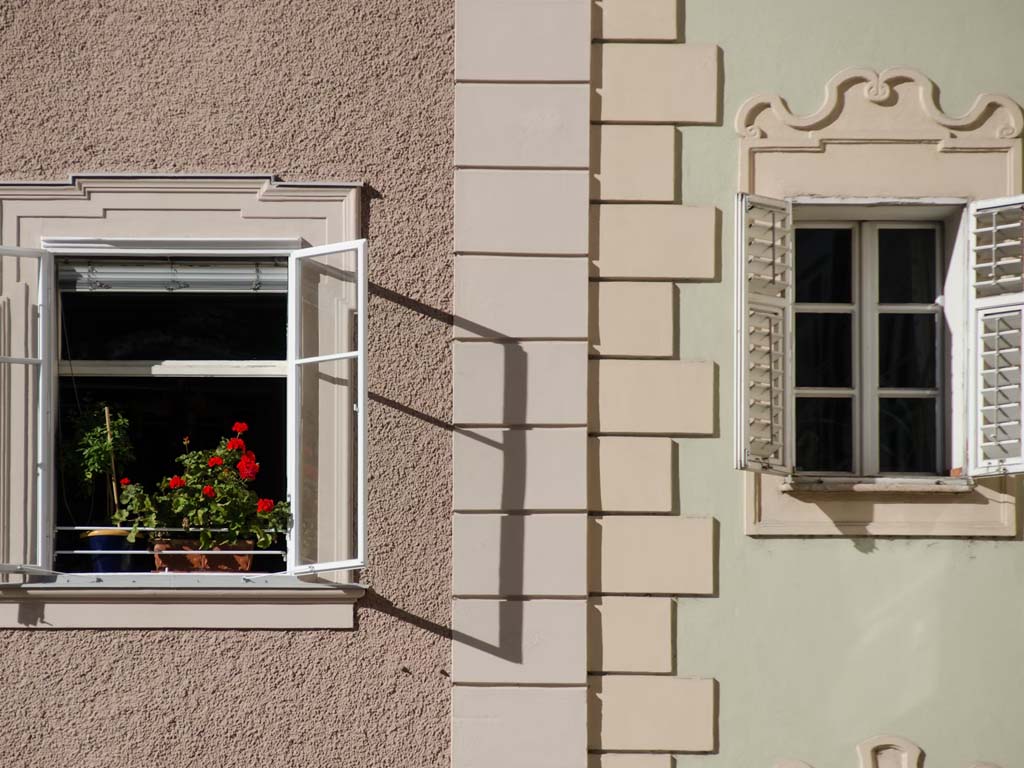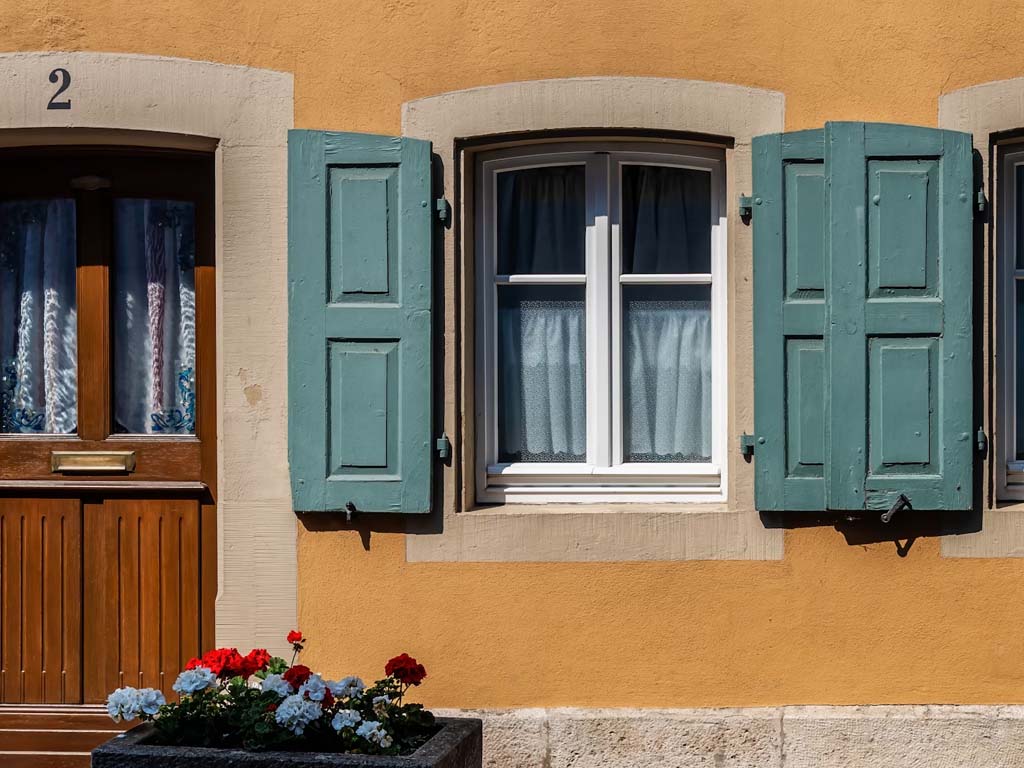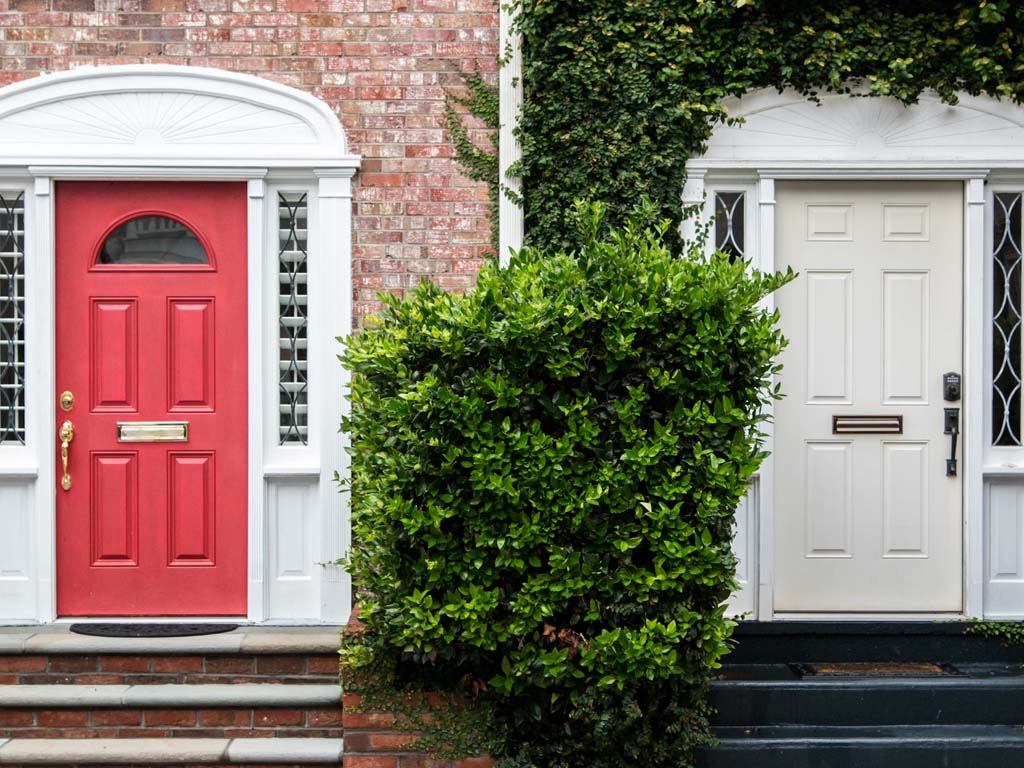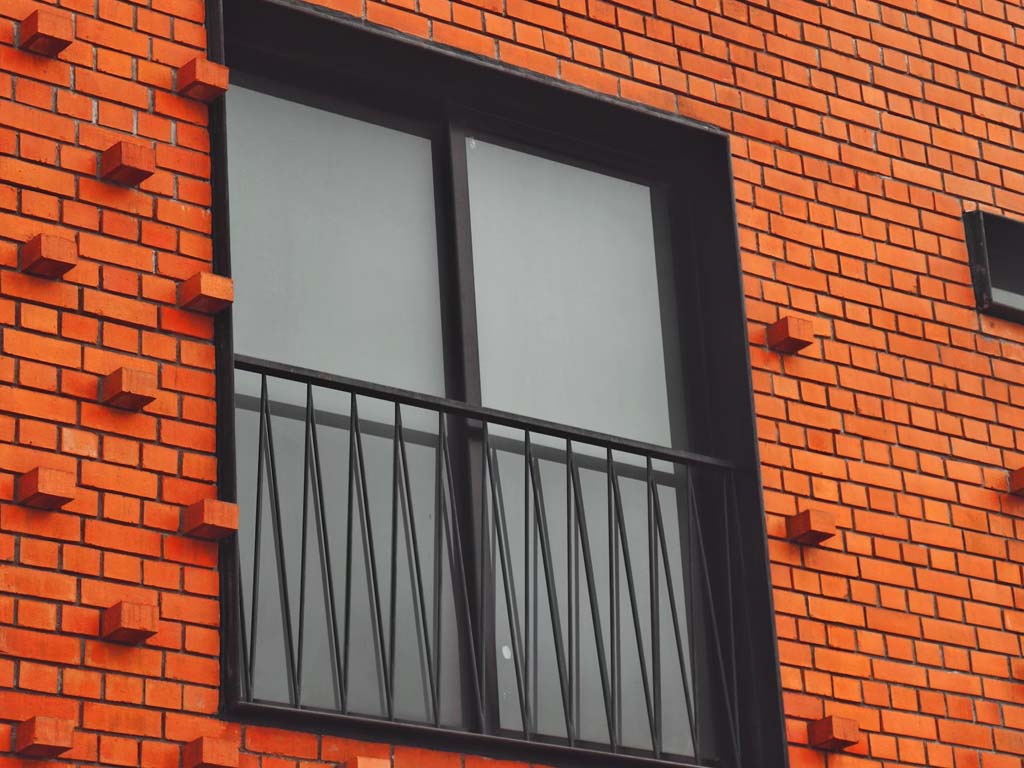As we move into 2025, landscaping is evolving in exciting ways, driven by both aesthetic preferences and the growing need for sustainability. With an increased focus on creating outdoor spaces that are not only beautiful but also functional and eco-friendly, it’s clear that landscaping trends are becoming more thoughtful, innovative, and environmentally conscious.
From naturalistic designs to high-tech garden tools, 2025 promises to bring fresh and impactful changes to the way we design and maintain our gardens. Whether you’re planning a complete garden overhaul or simply want to incorporate a few new trends, here are the top landscaping trends to watch for in 2025.
1. Sustainable Landscaping: A Continued Focus on the Environment
Sustainability has been a key trend in landscaping for several years, and it’s only gaining more momentum as climate change and environmental concerns become more pressing. Homeowners are seeking ways to reduce their environmental footprint while still creating beautiful and functional outdoor spaces.
Key Aspects of Sustainable Landscaping:
– Native Plants: One of the easiest ways to create a sustainable landscape is by choosing native plants. These plants are well-suited to your local climate, requiring less water, fertilizer, and pesticides. Native plants also provide important habitats for local wildlife and help maintain biodiversity.
– Drought-Tolerant Plants: With many areas experiencing drier conditions, drought-tolerant plants are a must-have. These plants require less water and are better equipped to survive in dry conditions, making them ideal for regions facing water shortages.
– Rainwater Harvesting: Installing rainwater harvesting systems to collect and store rainwater for irrigation is an excellent way to reduce water usage. This system can be as simple as a rain barrel or more complex with underground storage tanks.
– Composting: Creating a composting system in your garden not only reduces waste but also provides rich, organic material that can help improve the health of your soil.
Why It’s Trending:
People are increasingly concerned about the environment, and sustainable landscaping is one way to make a positive impact. It’s also a practical solution that can save homeowners money in the long run by reducing water consumption and maintenance costs.
2. Outdoor Living Spaces: Expanding the Home’s Footprint
The demand for outdoor living spaces has surged over the past few years, especially since the pandemic, as people sought refuge in their gardens and patios. In 2025, this trend is set to continue, with homeowners investing in elaborate outdoor kitchens, entertainment areas, and lounges that serve as an extension of the home’s living space.
Outdoor Living Trends:
– Outdoor Kitchens and Dining Areas: Fully equipped outdoor kitchens with grills, sinks, refrigerators, and even pizza ovens are becoming common features in modern landscapes. Pair these with spacious dining areas to create a place where family and friends can gather.
– Fire Pits and Fireplaces: Fire features continue to be a popular addition for creating a cozy, inviting atmosphere. Whether it’s a fire pit in the garden or a more elaborate outdoor fireplace, these features provide warmth and ambiance, extending the use of your outdoor space year-round.
– Luxury Lounging Areas: Think of outdoor furniture that mimics the comfort of your living room, with plush seating, cushions, and even daybeds for ultimate relaxation. The integration of stylish, weather-resistant furniture with vibrant textiles is becoming increasingly popular.
– Pergolas and Shade Structures: As the desire for outdoor living increases, so does the need for shade. Pergolas, canopies, and retractable awnings are being used to create shaded areas, allowing homeowners to enjoy their outdoor spaces in comfort regardless of the season.
Why It’s Trending:
Outdoor living spaces are an excellent way to maximize your home’s potential and create more room for entertainment and relaxation. As we continue to value time spent outdoors, these spaces are becoming as important as interior rooms.
3. Biophilic Design: Bringing Nature Indoors
Biophilic design, the concept of connecting indoor spaces with the natural environment, is expanding into outdoor spaces as well. This trend integrates natural elements like water features, plants, and natural materials into the design of your garden, blurring the lines between inside and outside.
Biophilic Landscaping Features:
– Water Features: Fountains, ponds, streams, and waterfalls are all elements that bring the calming effect of water into your outdoor space. These features not only enhance the beauty of your garden but also attract wildlife and promote relaxation.
– Natural Materials: Materials like stone, wood, and bamboo are gaining popularity in landscaping. They’re sustainable, blend seamlessly with the natural environment, and give gardens an earthy, organic feel.
– Indoor-Outdoor Flow: Large sliding glass doors, retractable walls, and open-air terraces allow the outdoors to flow into the home, encouraging seamless integration between the two spaces. This creates a harmonious environment that enhances both indoor and outdoor living.
– Green Walls and Vertical Gardens: These are perfect for urban environments where space may be limited. Green walls filled with plants help improve air quality and create lush, green focal points in outdoor areas.
Why It’s Trending:
Biophilic design not only enhances aesthetics but also offers health benefits, such as reduced stress and improved mental well-being. People want their outdoor spaces to be places where they can reconnect with nature and enjoy a tranquil environment.
4. Smart Landscaping: The Rise of Technology in the Garden
The rise of smart home technology is spilling over into landscaping. Smart landscaping tools are making it easier to maintain gardens, reduce water consumption, and keep track of plant health. From automated irrigation systems to weather-monitoring sensors, these innovations are making outdoor care more efficient and eco-friendly.
Smart Landscaping Trends:
– Automated Irrigation Systems: These systems use weather data and soil moisture sensors to water your plants only when they need it, conserving water and ensuring your garden stays healthy. Many systems can be controlled via smartphone apps, allowing you to monitor and adjust your irrigation from anywhere.
– Smart Lighting: Outdoor lighting systems are becoming more advanced, with options for motion sensors, programmable schedules, and even solar-powered lights. These systems not only improve security but also add ambiance and highlight the best features of your garden.
– Robotic Lawn Mowers: Just like indoor robot vacuums, robotic lawn mowers are taking over the task of maintaining lawns. These mowers can be scheduled to run automatically and are designed to navigate around obstacles, saving you time and effort.
– Plant Health Monitoring: New technologies allow you to monitor the health of your plants in real-time. From soil sensors to mobile apps that analyze plant stress, smart tools can help you keep your plants thriving.
Why It’s Trending:
Smart landscaping tools make maintaining your garden easier and more efficient. They help reduce water usage, save time, and ensure your plants get the care they need, even when you’re not home.
5. Minimalist Landscaping: Clean Lines and Simple Aesthetics
As our lives become more complex, many homeowners are seeking simplicity in their outdoor spaces. Minimalist landscaping embraces clean lines, fewer plants, and a focus on structure and functionality. This trend is all about creating a serene, uncluttered environment.
Minimalist Landscaping Features:
– Geometric Shapes: Clean, angular paths, raised beds, and patios with geometric patterns create a modern, streamlined look. These elements often rely on hardscaping materials like concrete, stone, or gravel.
– Monochromatic Color Schemes: Instead of vibrant flowerbeds, minimalist gardens often use a limited color palette of neutrals and muted tones. Shades of gray, white, and green are commonly used to create a calm, sophisticated aesthetic.
– Simple Planting: Rather than a diverse range of plants, minimalist gardens focus on using fewer, more sculptural plants, such as succulents, ornamental grasses, and low-maintenance shrubs.
– Functional Outdoor Furniture: In minimalist gardens, furniture is simple, functional, and designed to blend seamlessly into the landscape. Clean-lined benches, tables, and chairs allow the focus to remain on the natural elements.
Why It’s Trending:
Minimalism offers a sense of calm and order, which is highly appealing in a world where people often seek refuge from clutter and chaos. It’s also low-maintenance, which appeals to busy homeowners.
6. Edible Landscaping: Growing Your Own Food
Edible landscaping is a trend that continues to gain popularity as more people embrace the idea of growing their own food. This trend involves integrating fruits, vegetables, herbs, and even edible flowers into the overall design of your garden. It’s a great way to create a functional and aesthetically pleasing space while promoting sustainability and self-sufficiency.
Edible Landscaping Ideas:
– Vegetable and Herb Gardens: Raised garden beds or vertical gardening systems allow you to grow fresh produce right in your backyard. Combine functional garden spaces with ornamental plants for a beautiful and productive landscape.
– Fruit Trees: Planting fruit trees like apples, peaches, and citrus not only provides fresh fruit but also adds beauty to your garden with their blossoms and foliage.
– Edible Flowers: Many flowers are not only beautiful but also edible. Incorporating flowers like lavender, nasturtiums, and pansies adds color and flavor to your landscape.
– Greenhouses and Garden Structures: Small greenhouses, raised beds, and garden sheds are perfect for growing plants that need a bit more attention or protection from the elements.
Why It’s Trending:
As the desire for locally grown food increases, edible landscaping allows homeowners to become more self-sufficient and reduce their environmental impact. It’s also a fun and rewarding way to engage with your outdoor space.
Conclusion
Landscaping in 2025 is all about blending beauty with functionality and sustainability. Whether you’re looking to create a more eco-friendly garden, embrace modern design, or add high-tech features to your outdoor space, these trends offer plenty of inspiration for transforming your garden into a stunning, sustainable oasis. As we move into 2025, the key to successful landscaping is thoughtful design, innovative solutions, and a focus on creating outdoor spaces that complement the natural world while enhancing your lifestyle.

